TIDUF26 june 2023 BQ24072 , LMR36520 , TLV62568 , TPS2116
- 1
- Description
- Resources
- Features
- Applications
- 6
- 1System Description
- 2System Overview
-
3Hardware, Software, Testing Requirements,
and Test Results
- 3.1 Hardware Requirements
- 3.2 Test Setup
- 3.3 Test Results
- 4Design and Documentation Support
- 5About the Author
3.3.9 BM24072 (BMOut Power Rail)
The ripple on the BMOut power rail varies significantly between battery usage only versus a PWRin source with battery power assist. When using only the battery, the BM24072 connects the battery to the output by closing an internal FET. As a result, the noise during purely battery operation is equal or less than the noise floor of the oscilloscope used for measurement. Figure 65, Figure 66, and Figure 67 (Figure 3-47, Figure 3-48, and Figure 3-49) show an increased ripple when using a source other than the battery.
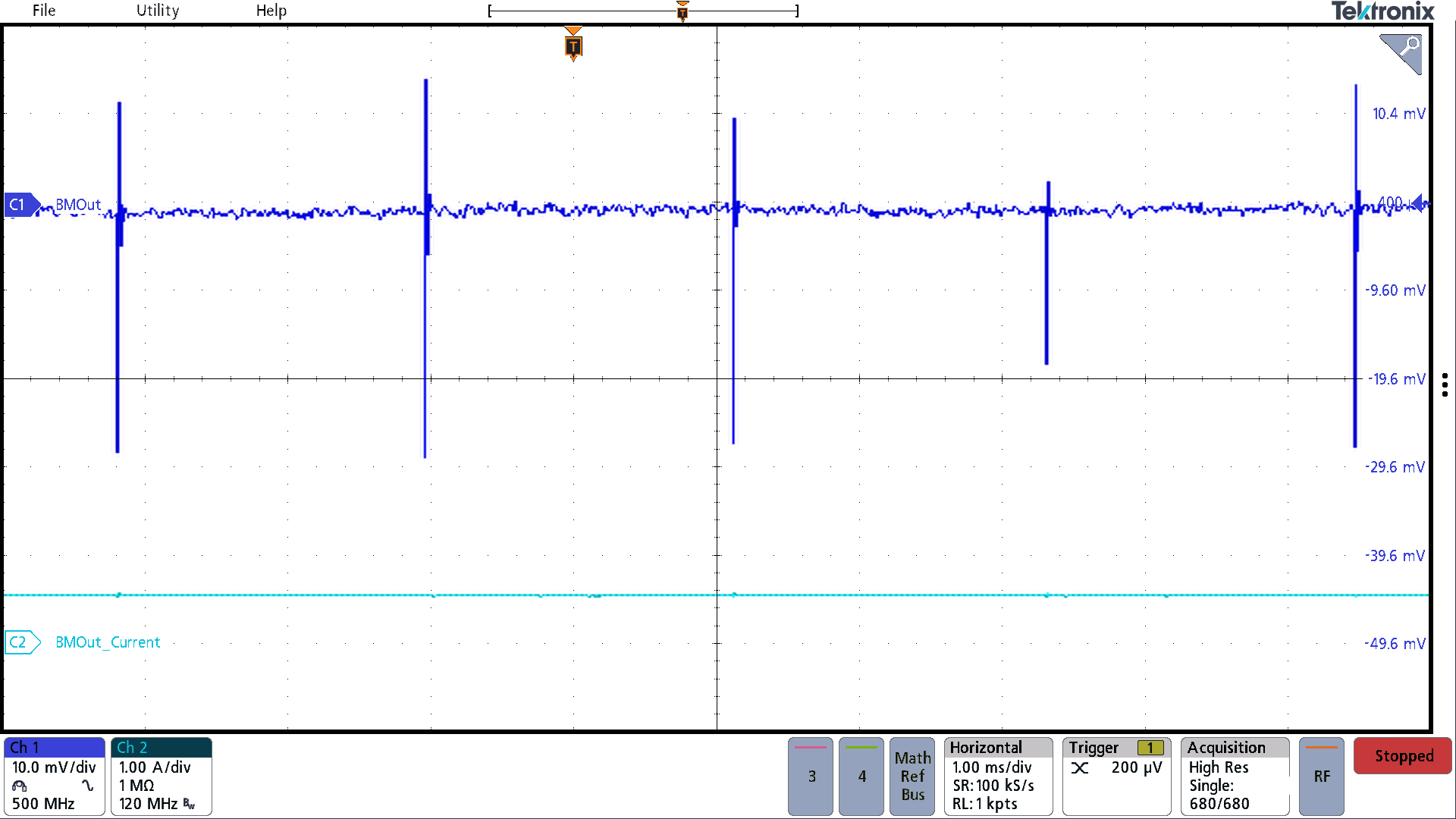 Figure 3-47 “BMOut” Ripple (0 A; Battery
Source Only)
Figure 3-47 “BMOut” Ripple (0 A; Battery
Source Only)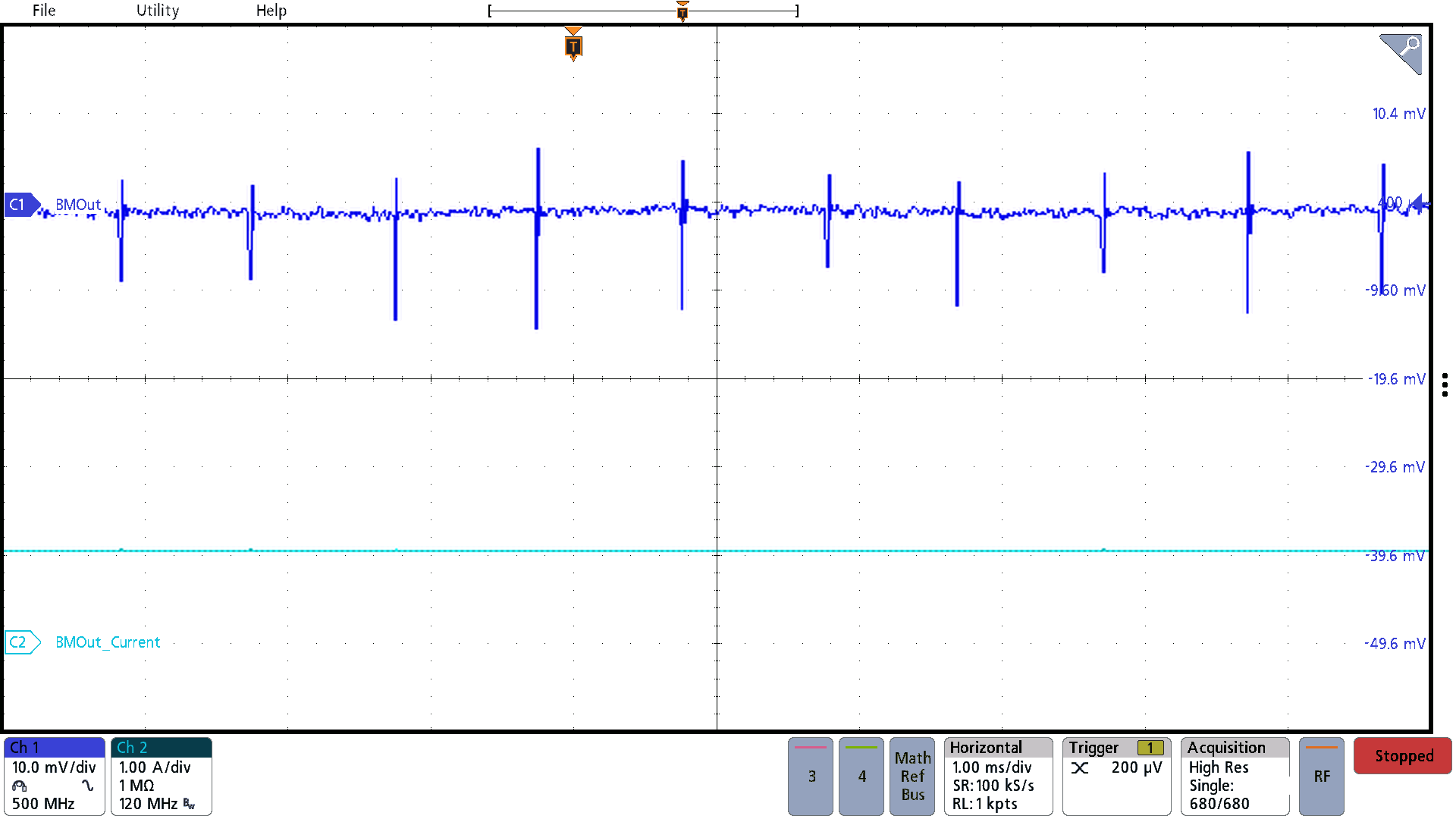 Figure 3-48 “BMOut” Ripple (1 A; Battery
Source Only)
Figure 3-48 “BMOut” Ripple (1 A; Battery
Source Only)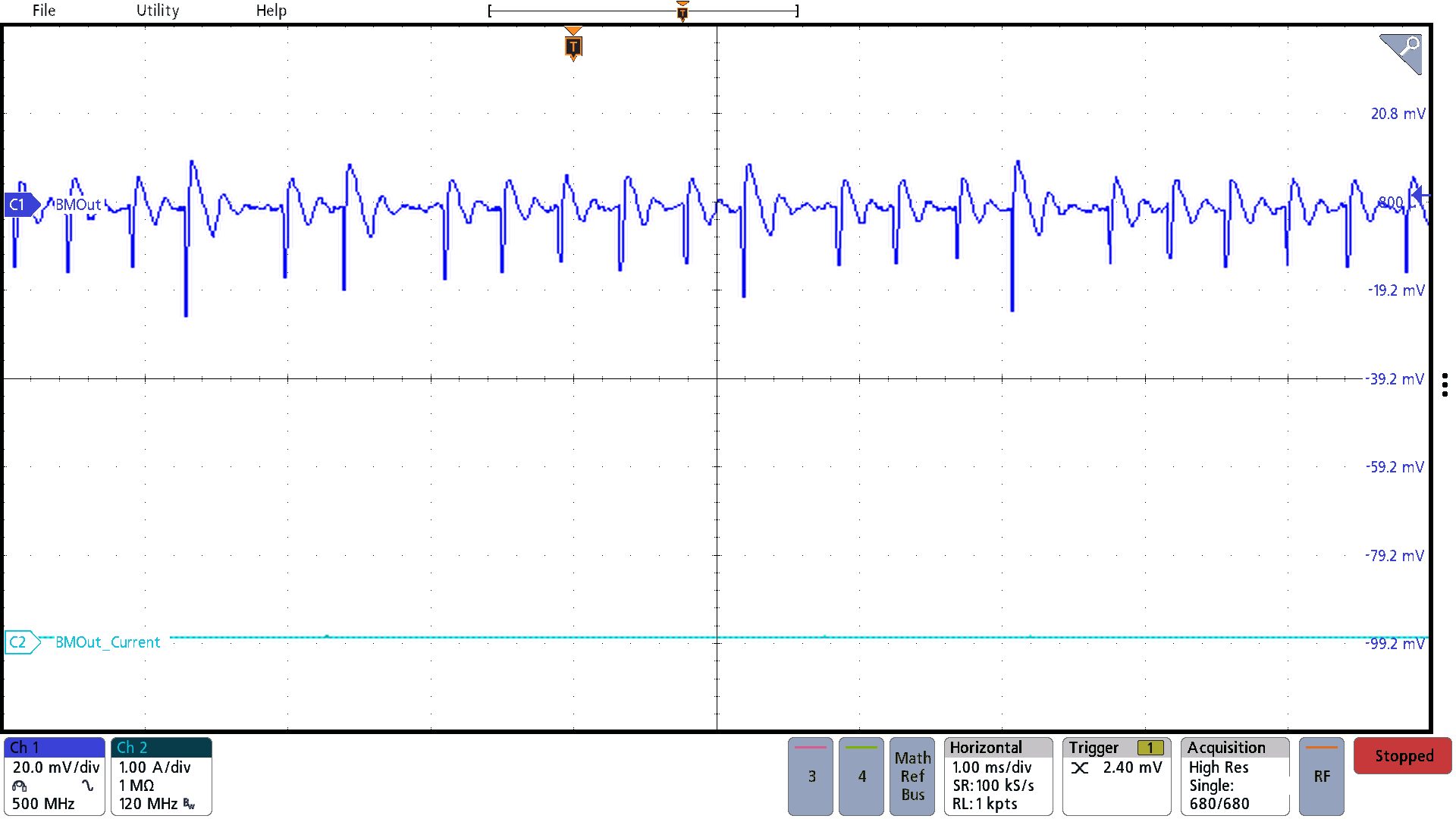 Figure 3-49 “BMOut” Ripple (1 mA; Battery
and USB Sources)
Figure 3-49 “BMOut” Ripple (1 mA; Battery
and USB Sources)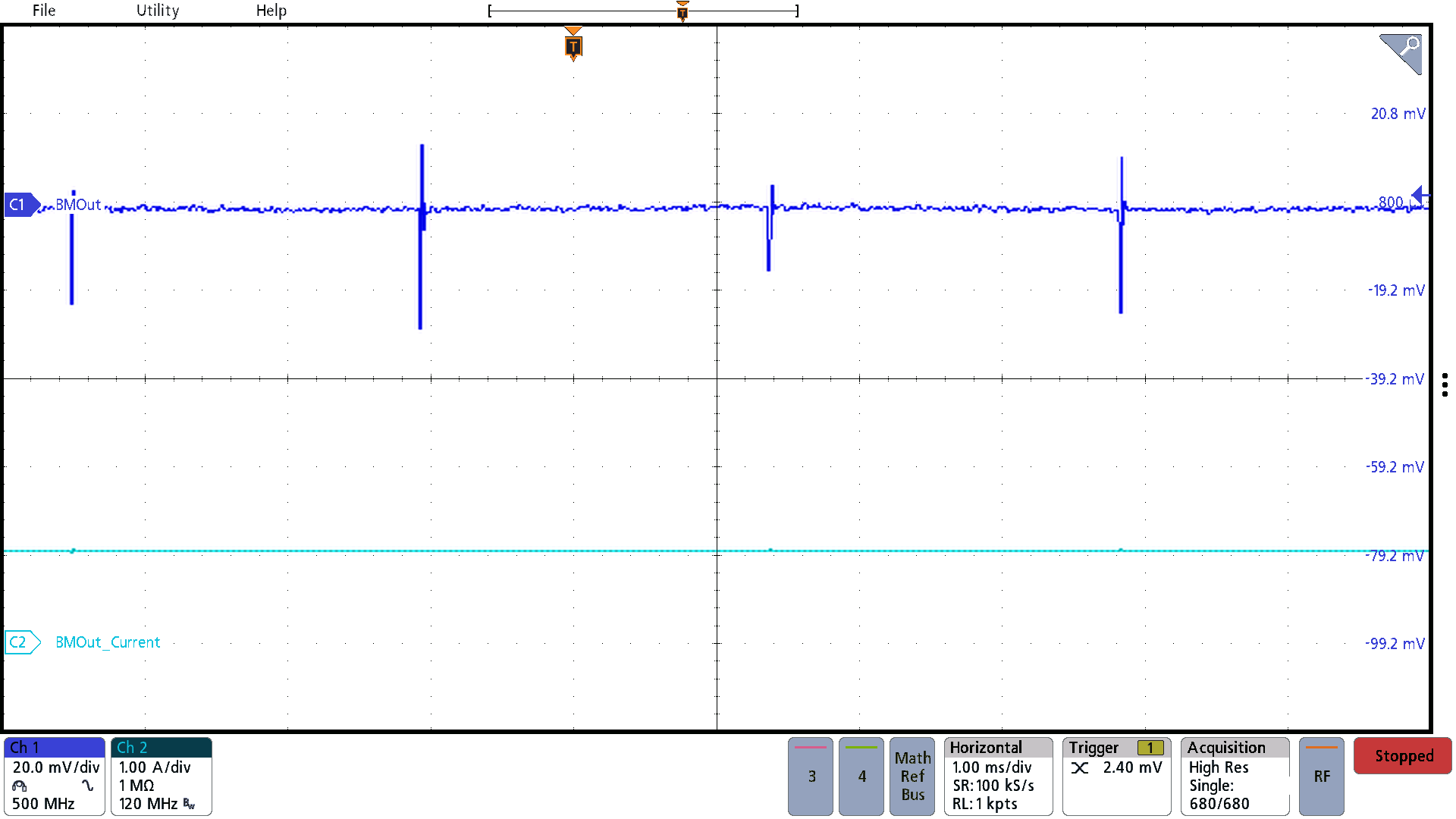 Figure 3-50 “BMOut” Ripple (1 A; Battery
and USB Sources)
Figure 3-50 “BMOut” Ripple (1 A; Battery
and USB Sources)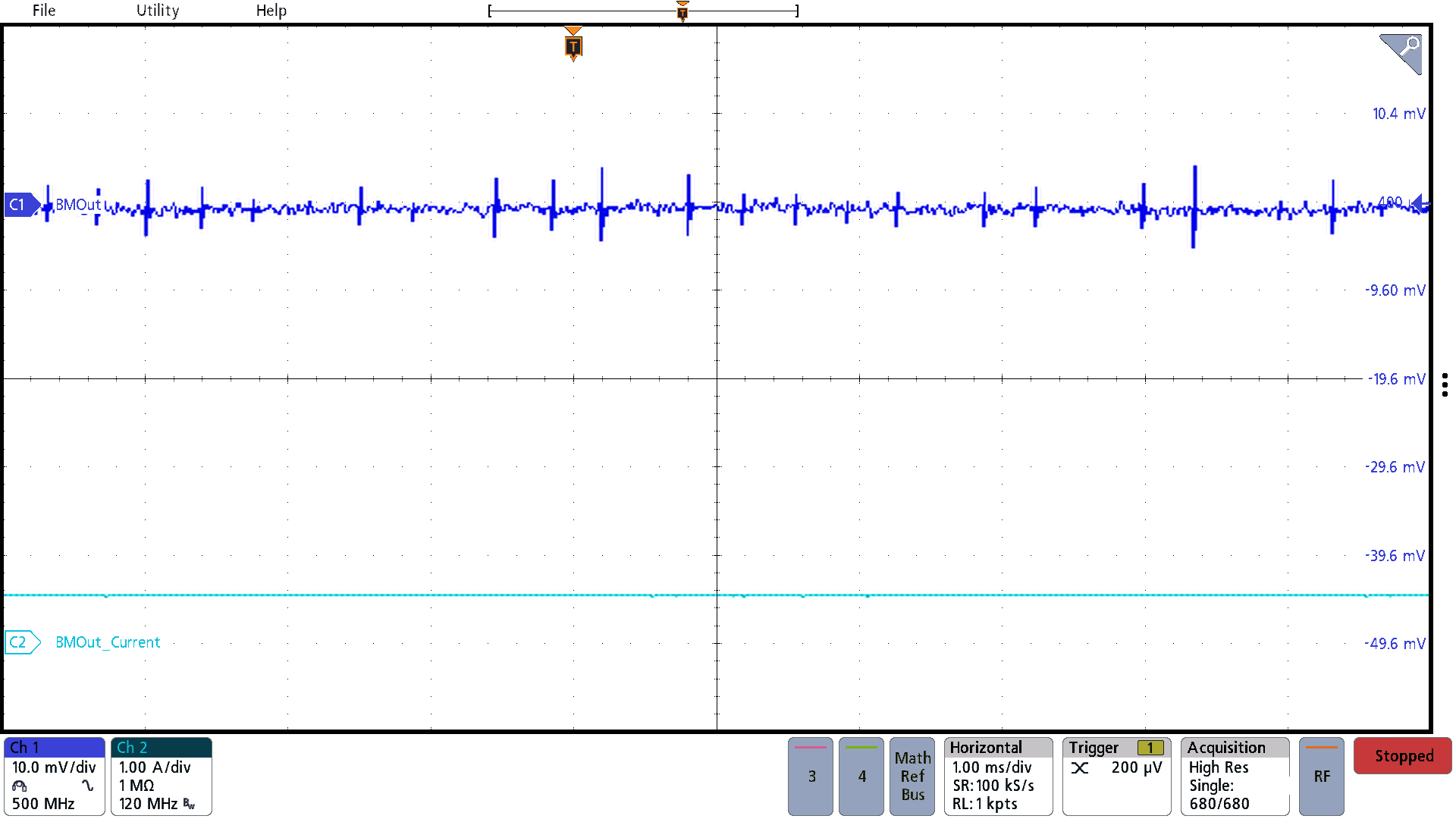 Figure 3-51 “BMOut” Ripple (500 mA;
Battery and USB Sources)
Figure 3-51 “BMOut” Ripple (500 mA;
Battery and USB Sources)